
It’s time to set the record straight with rod actions—are faster rods actually better for fishing? The answer is no, but also yes. Sort of. Maybe. Sometimes. If that doesn’t answer your question, then we’ll beef up our explanation a bit. Rod types are a product of many different things, ranging from trends to marketing ploys to proven techniques in rod design. There’s no black or white answer to which is best, but by taking a good hard look at it, we can offer some answers to questions that are even more valuable.
First, let’s take a look at rod actions in general. A rod’s “action” refers to how it flexes as you cast. Every rod is designed differently using a specific taper and that taper helps define the rod’s stiffness. A “fast” rod is generally a stiffer rod, while a “slow” rod has much more flex in the casting motion.
So, why does this matter? To boil it down to its simplest form, it all comes down to the balance between power and feel. A faster rod is more powerful, with less feel, and a slower rod is less powerful, with more feel. This is a bit of a generalization, of course. Different rod materials perform differently at varying speeds and rod designers have been trying to tweak their way to the holy grail for decades: power and feel. Regardless, there’s always a sacrifice when it comes to rod action. You can’t have it all.
But, today we’re talking specifically about faster rods and their place in fly fishing. There’s no question that they are more common than slower rods these days, so does that mean that they’re better? Let’s take a deeper look.
A Sign of the Times
For about a hundred years, anglers primarily used bamboo fly rods and if you know anything about bamboo fly rods, they’re generally considered to be slow. Then, in the mid 20th century, fiberglass was introduced to the scene and sped things up...a little bit. But, once graphite was introduced to angling, things really picked up the pace. For the first time, rod designers could produce fast fly rods that didn’t feel like you were casting a tree branch—it was light, strong, and had nearly as much flex and feel as fiberglass and bamboo.
Slow Action VS. Fast Action Comparison


And, the love for graphite has only grown since it was introduced in the early 1970s and the love for faster rods has grown with them. It’s been an arms race for companies to produce the lightest rod that can cast the farthest in the gnarliest of conditions. But, this doesn’t mean that fast rods are always better. In fact, we think that the “fast movement” has been more of a trend than an evolution. Graphite is an incredible technology, but saying that a fast graphite rod is “better” is an oversimplification of what it means to be an effective angler.
Much of this comes down to marketing. Rod companies always need a way to sell you new rods, and most rod companies have found that new technology is the best way to do it. So, some of them use the “faster, lighter” trend as a way to convince customers that the latest model is better. They’ll use space-age terminology and marketing jargon to convince people that their rod is going to help you catch more fish, more often, and you’ll look great doing it.
Rod Bend Example


Personal Preference
Here’s the hard truth about fly-fishing: Rod companies are trying to sell you the new model of Ferrari every year, while most of us really need a hard-working 4Runner. Sure, the Ferrari may be faster and more expensive, but is it “better” than a 4Runner? Maybe on a racetrack, but in most circumstances, it actually isn’t. Metaphors aside, you don’t always need the fastest rod on the market. It may actually be a hindrance. Sometimes you need a simple, durable rod with the right amount of feel for the distance you’re trying to cast and the fish you’re trying to catch.
Think of it this way: How many times have you landed a trout or redfish after a 100-foot cast in high winds? Not many, and that’s what fast rods are designed for. In reality, most fish are hooked in 20-40 foot casts in calm-to-moderate conditions. Our point is this: You need the right tool for the job. A fast rod is great if you’re casting big flies in high winds, but in most cases, you probably need a medium-fast, medium, or even slow-action rod.
And more importantly, you need the proper technique. No rod is going to substitute for experience and practice. Go to any high-end fishing lodge and you’ll see plenty of people improperly casting expensive, fast rods. We think the legendary Lefty Kreh put it best when he said, “Most fishermen use the double-haul to throw their casting mistakes further.”
And man, can those fast rods double-haul.
But, back to bamboo and fiberglass for a minute. Some of the most iconic anglers of all time only used bamboo and fiberglass, and there’s no question that they caught more fish than anyone can count. And, some of them would probably be shocked to pick up some new rods these days—they’d probably wonder how anyone is supposed to delicately drop a size 20 Parachute Adams at all. Sure, they could cast farther, but at what cost?
Now, this isn’t to say we’re going full “those were the good ol’ days” on you. As modern anglers, we definitely have something that those old-timers didn’t have: More options. Instead of thinking in terms of “better” or “worse,” we should take advantage of our opportunity and select the right tool for the job.
At Moonshine, we make rods that are useful in any situation. Our Vesper rods are medium-fast to fast action, 7wt and up, and can handle just about any conditions—from 100-foot casts to permit or gusty mountain passes while targeting brook trout. Or, the Drifter, for example, is one of our most popular rods and it’s a medium action. It’s a great balance of feel and power. And then there’s the Revival, our full-flex (or, slower) fiberglass model. You’d be blown away by what it can do and it’s proof that slow and powerful can exist in the same sentence.
Common Misconceptions
To wrap up, we think you should do an experiment. If you can, get your hands on one of our Revival rods, or pick up a vintage fiberglass rod or even your grandpa’s old bamboo rod, and take it out for the day. It may take some getting used to, but over time you’ll realize what you’ve been missing with some of the “faster” rods you’ve been casting.
As you cast the rod, you’ll begin to notice that you can cast plenty far with more accuracy and delicacy, you just need to slow down your cast a bit because you’ve been used to your fast graphite rod. Plus, you’ll find that fighting an 18-inch rainbow on a slower rod is a bit more exciting. Ultimately, the balance between power and feel implies in its name that you can have versions of both, it’s not all or nothing, and that’s what we strive for at Moonshine Rods.
This article is not meant to shame graphite rods or even fast rods—our Vesper, Drifter, and Epiphany rods are all graphite and they’re all incredible tools. But, we just think it’s time to break the misconception that faster rods are always better because it’s just not that simple. Sometimes they are, but many times, they’re not. And, the anglers who prefer fiberglass or even bamboo aren’t only driven by nostalgia—maybe they just know how useful and enjoyable those rods can be.
Here’s the answer you’ve been looking for: You could fish your entire career with a fiberglass rod and be successful, and you could do the same with a graphite rod or a bamboo rod. Just make sure you’re paying attention to what rod companies are actually trying to sell you. Is this technology something you need to be a better angler, or is it all smoke and mirrors? Buy the rod you need and fish it. It’s just that simple.


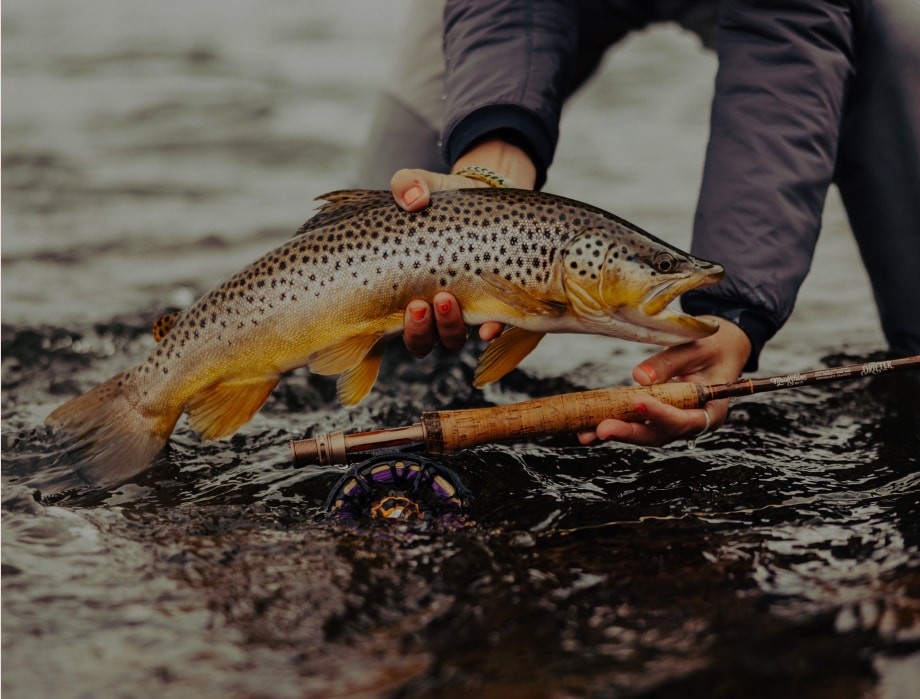
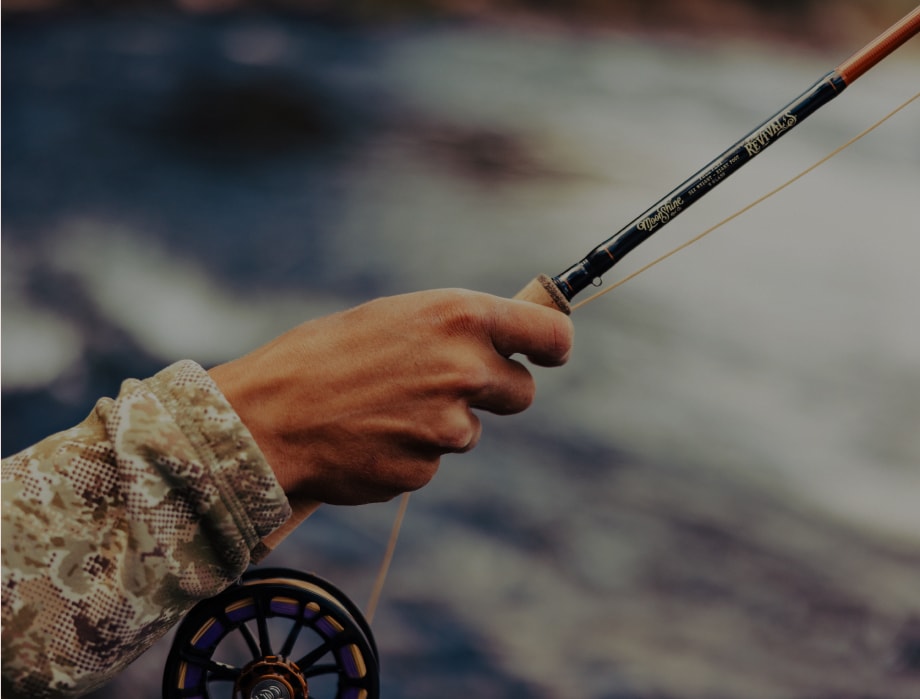
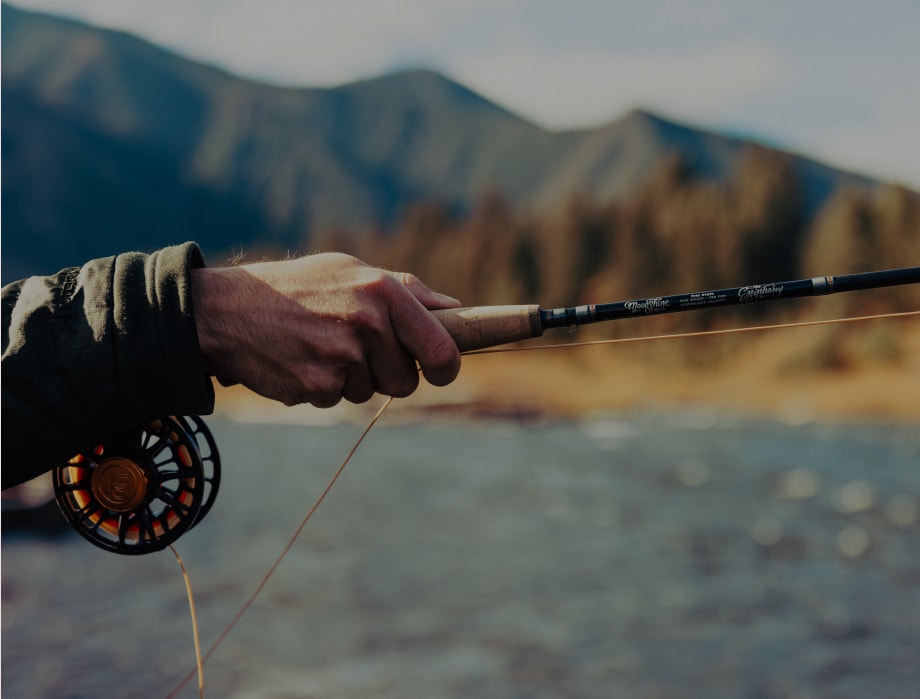
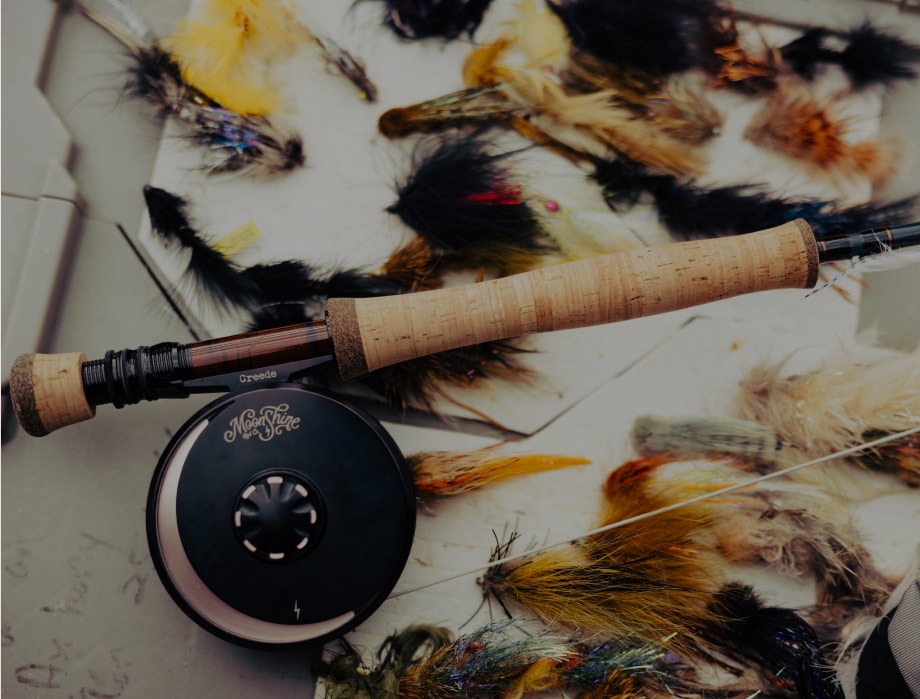
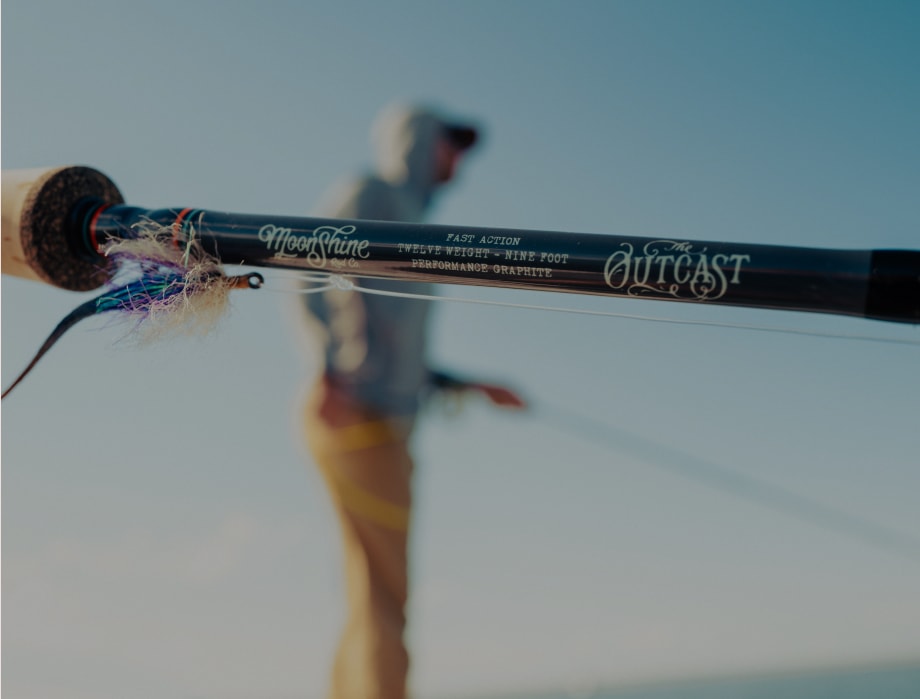
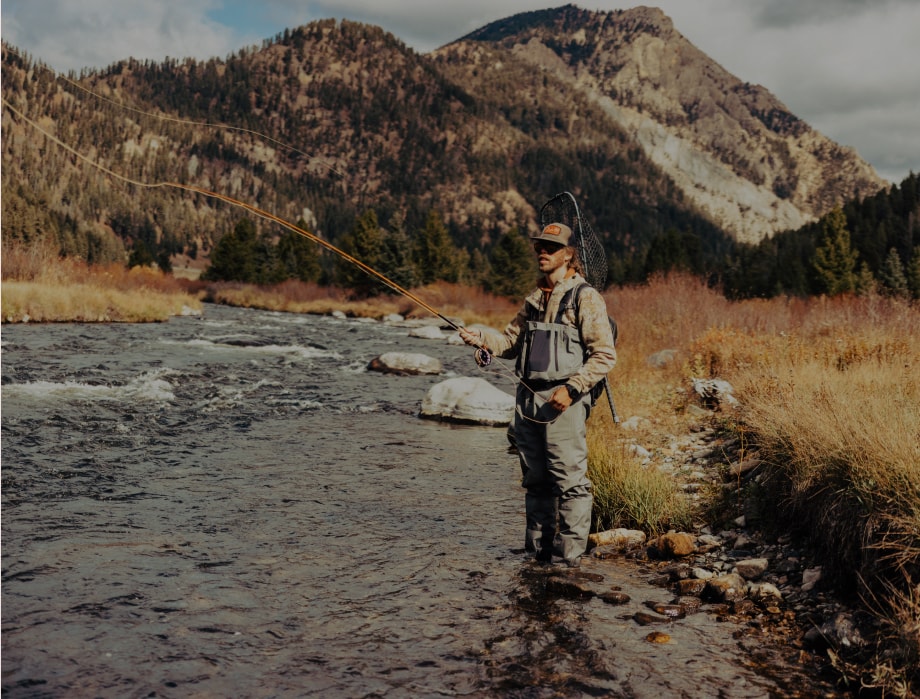
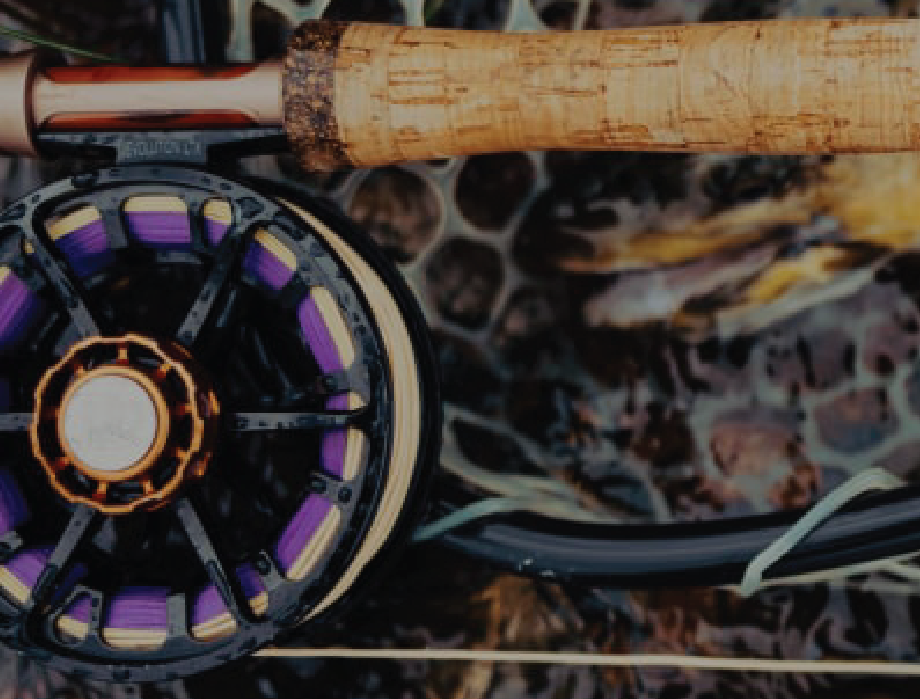
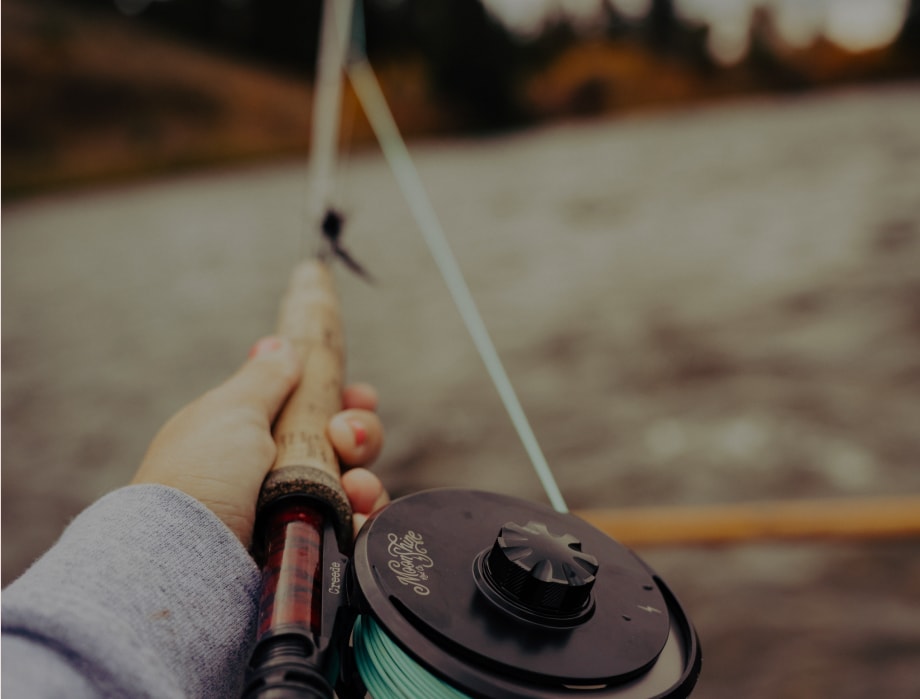
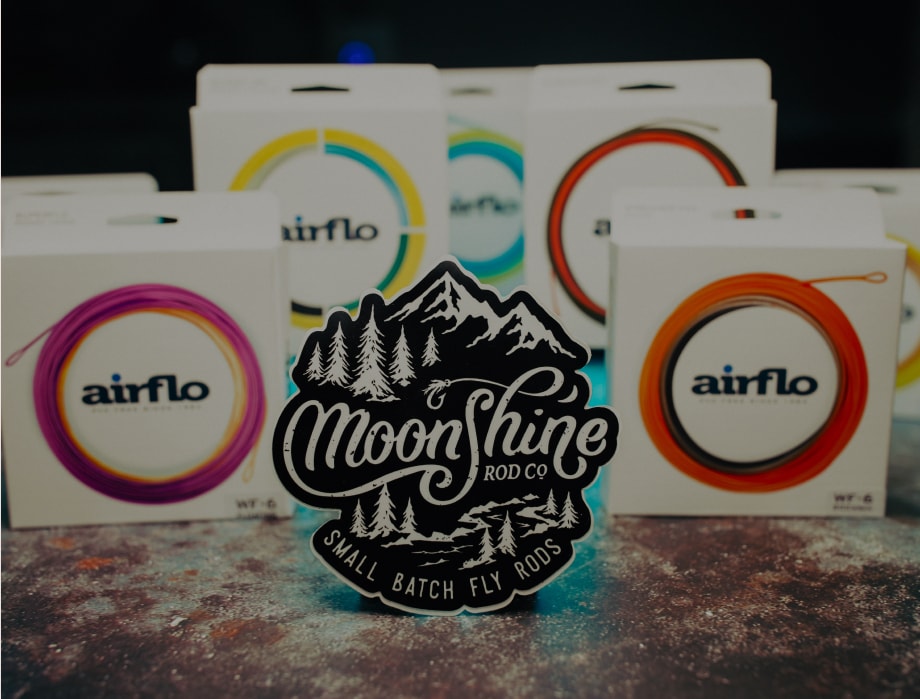

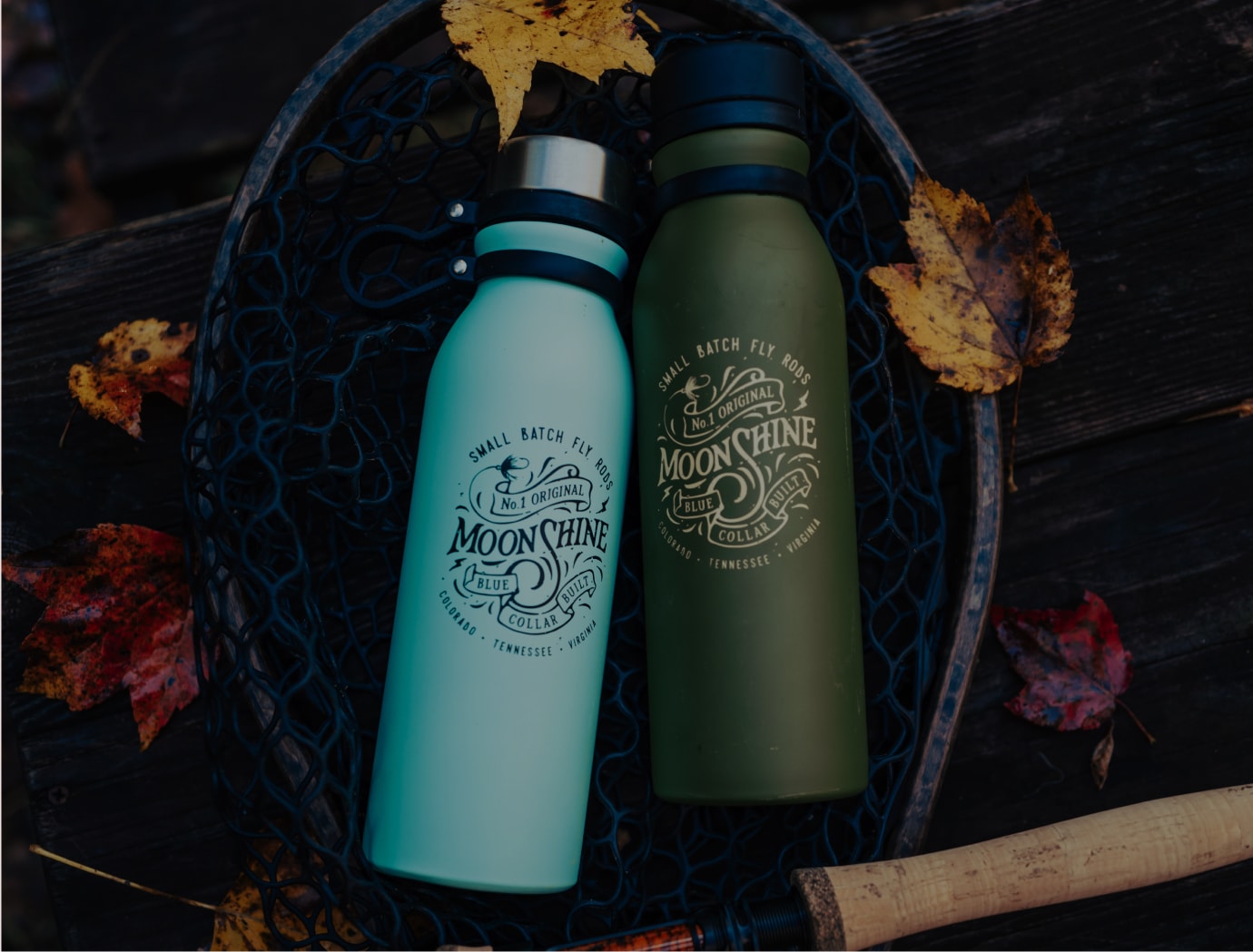

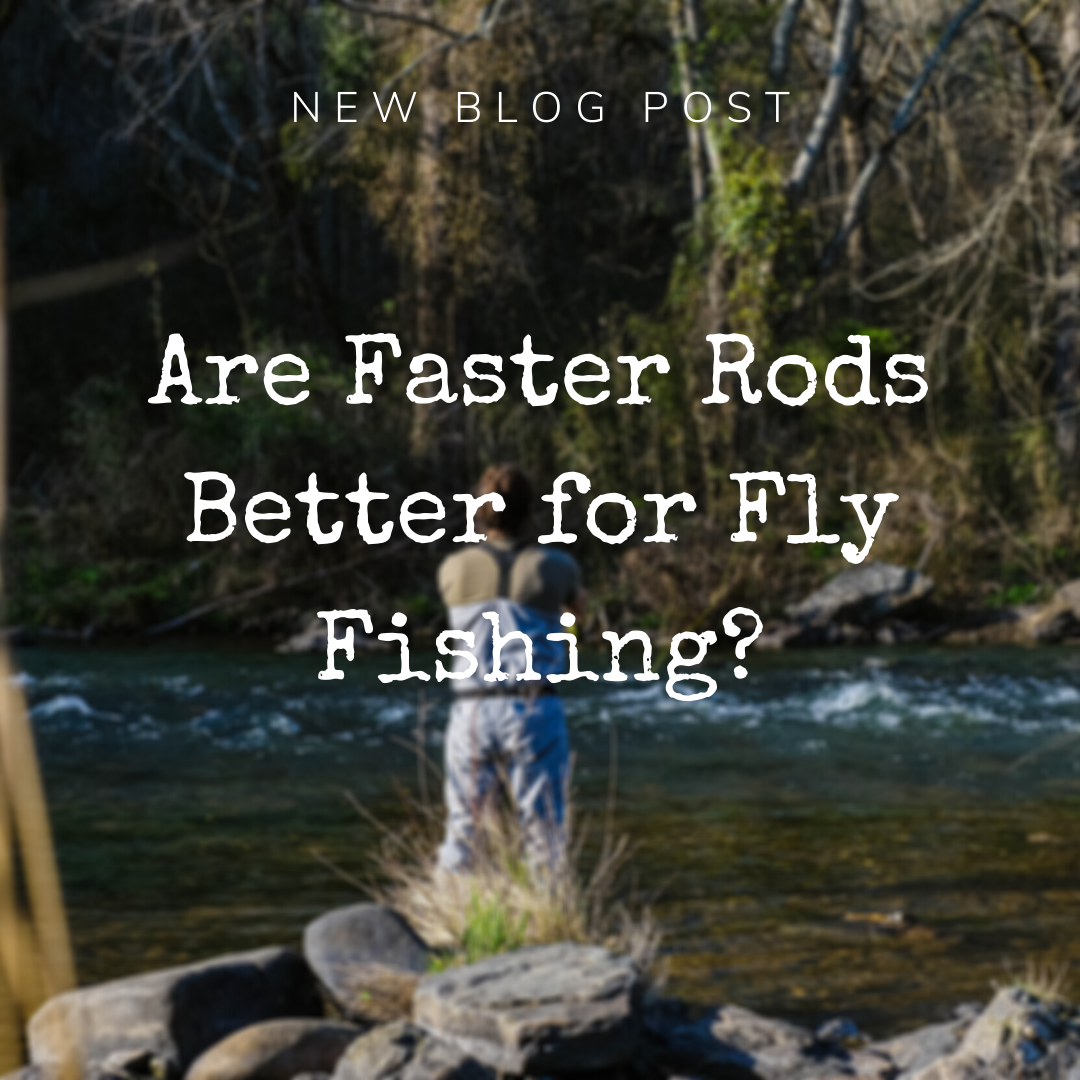


3 comments
Rich
Refreshing perspective of a much misunderstood topic. Should help each of us step back and decide on the right tool for the job. Well done. Thanks.
Jason
Got back into fishing last summer, with an old Berkeley glass 8wt, am waiting for a 7wt 11ft prophecy to come back in stock so I can try something new
Timothy Hayes
Love this post I enjoy your blog. I’m also loving my drifter I may now need to add the revival!
Leave a comment
All comments are moderated before being published.
This site is protected by reCAPTCHA and the Google Privacy Policy and Terms of Service apply.